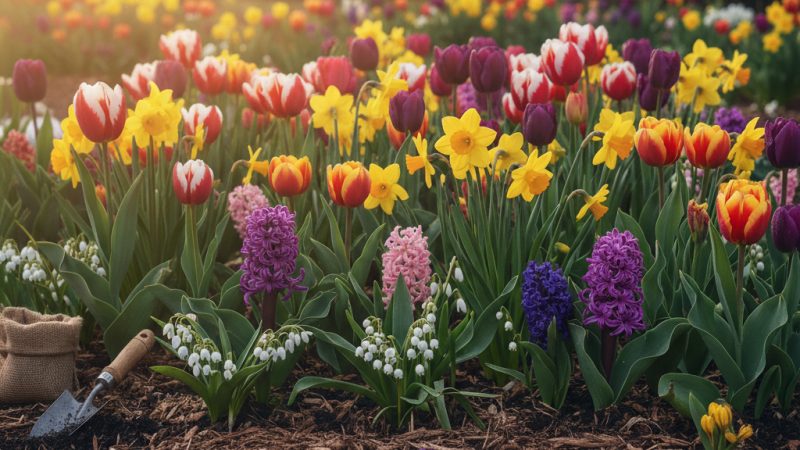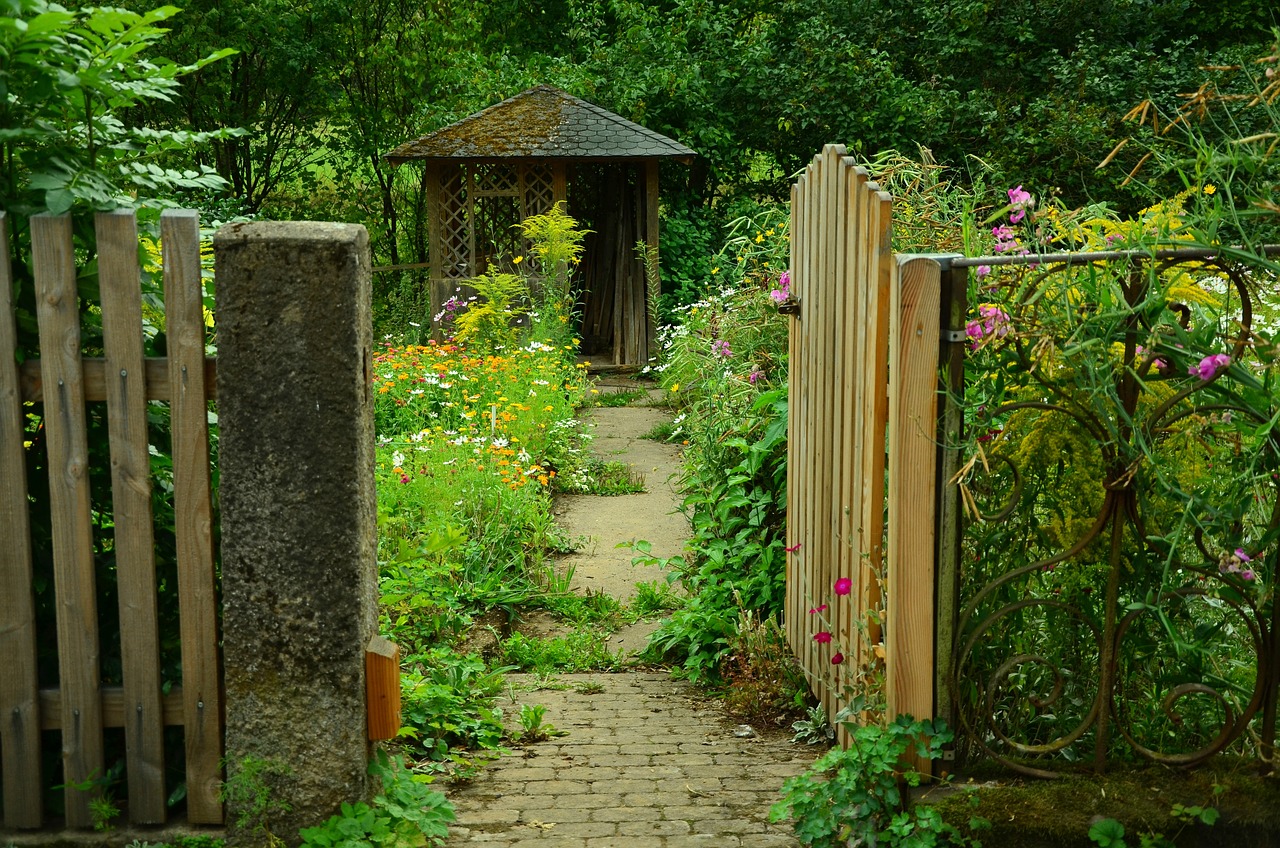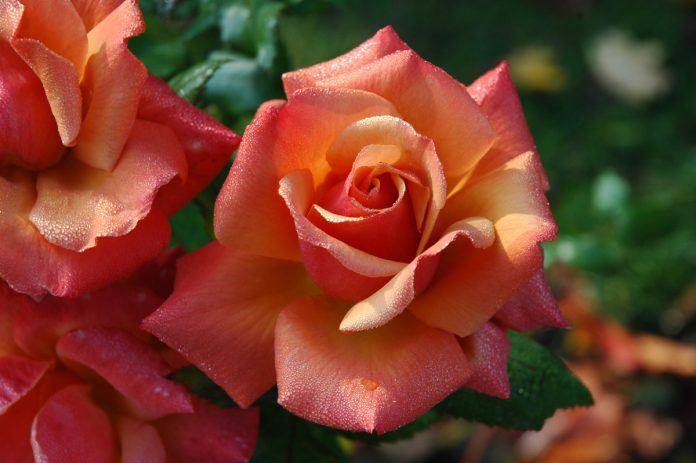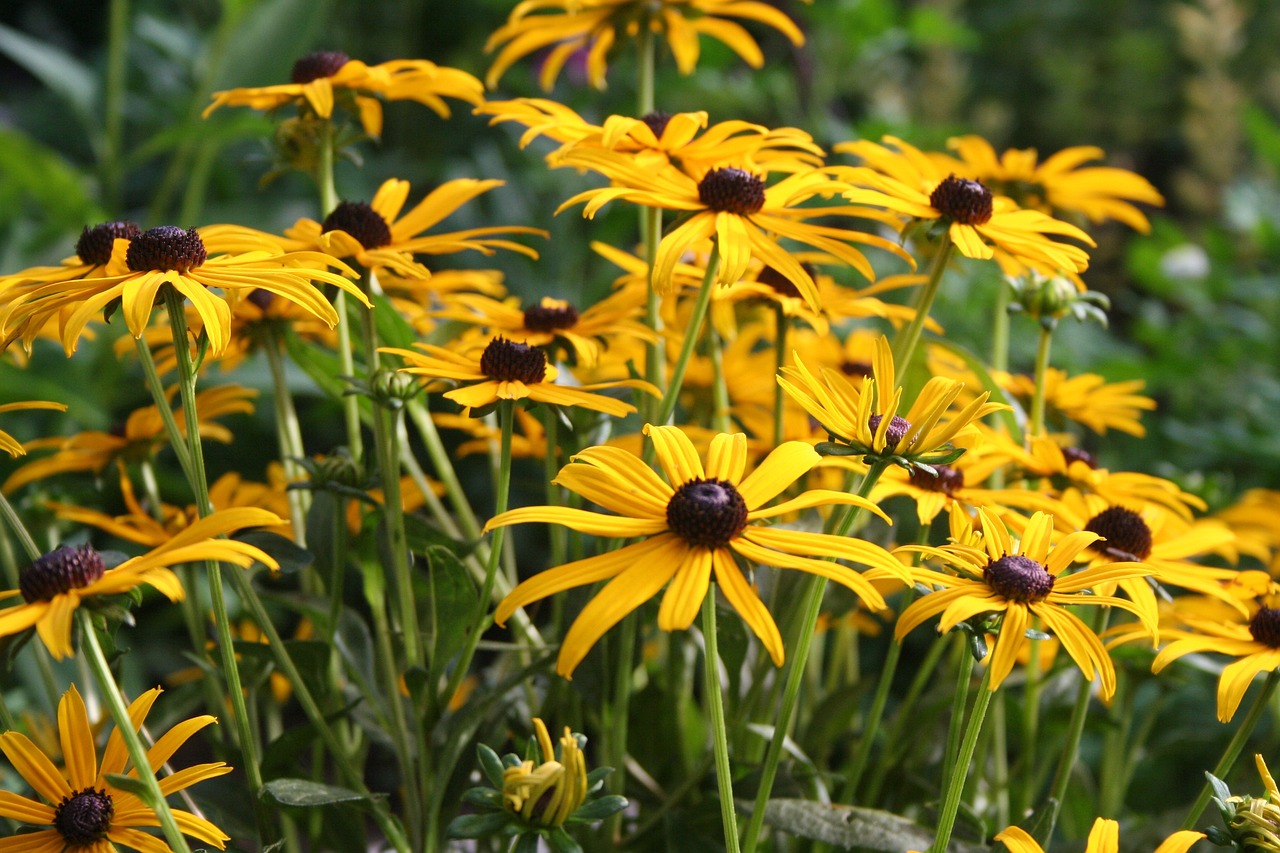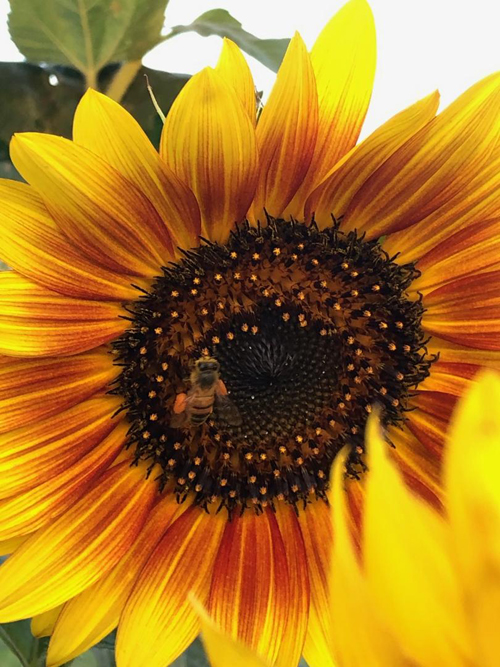Growing African Violets and Other Plants Indoors
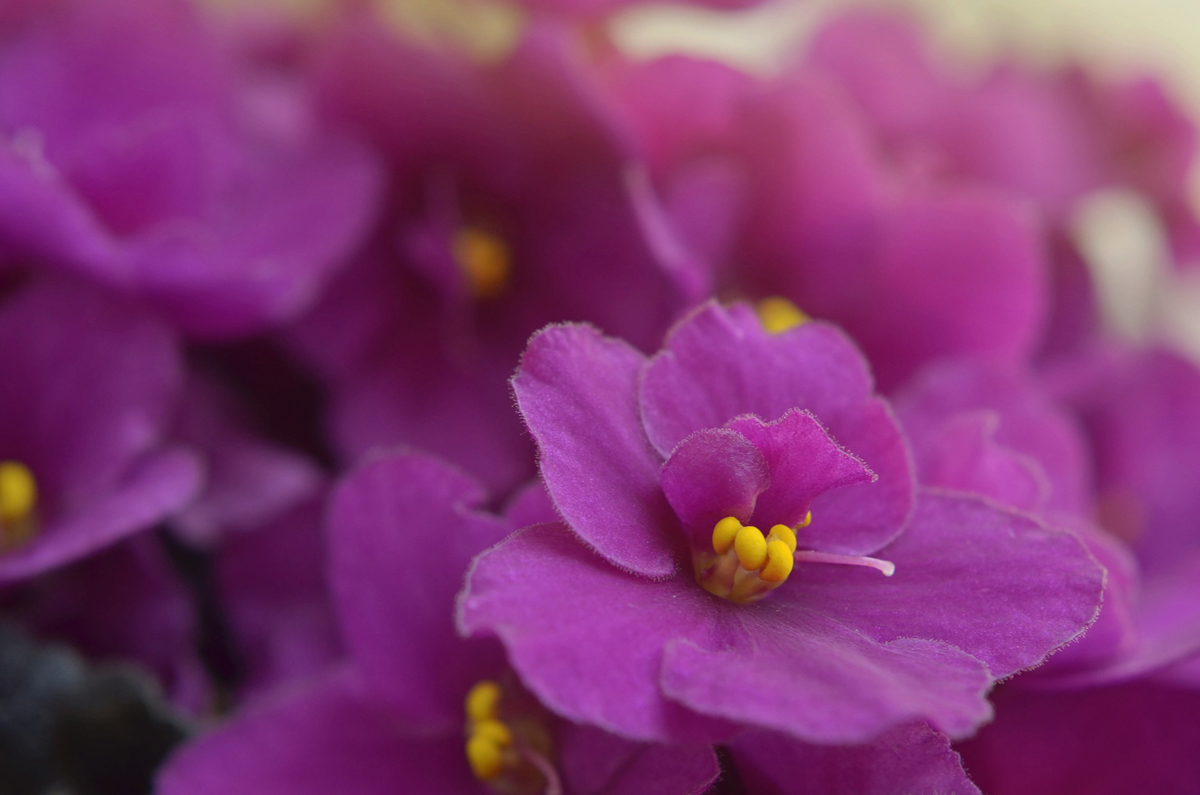
If you like to grow African violets and other indoor flowers, herbs and fruits, good thing is that such plants don’t require much space to grow. Depending on the violet plant size, common 5-12 cm (2 – 5 inch) plastic flower pots are usually more than large enough. Sometimes, such pots are even too big.
Violets vary in size from micro African violets, with plant width less than 7.6 cm (3 inches) to giant and trailing violets with plant width larger than 40cm (16 inches). Standard African violets width is between 20 and 40 cm (8 – 16 inches) and these plants are most common violets.
Herbs like parsley, celery and chives have very short growing period and their requirements for space are also very modest. Fruits like strawberries are grown yearlong and they have similar requirements like all other indoor plants, but they also require hand-pollination.
For plants to grow, bloom and even bear fruits, they require proper light and temperature, adequate humidity, enough, but not too much water and good growing medium.
Room and office temperatures suit violets very much, but light can be a problem. They should never been exposed to direct summer sunlight – such strong light can cause leaf burns and can even kill violets and other sensitive plants. Herbs often need much more light than violets, while strawberries and other indoor fruits require light to bear healthy and tasty fruits. If the leaves are pale and leafstalks are elongated, plants are lacking light.
The correct amount of light for African violets is around 10.000 to 12.000. For example, offices usually have around 250 – 500 lux, full daylight is around 10.000 – 25.000 lux (not directly on the sun) and direct sunlight is between 30.000 and 130.000 or even 180.000 lux during summer days.
Obviously, violets can grow successfully on windowsills if they are not exposed to direct sunlight. To grow plants away from the window, one must have additional growing lights, commonly in the form of fluorescent or LED grow lights. Incandescent bulbs as source of artificial light are rarely used due to low energy efficiency and increased heating. It is good practice to periodically measure light intensity using light meters, since such devices are much more accurate than human eye.
Humidity in offices is kept usually around 40-60% and violets will grow and bloom under these conditions. If one can provide some open water around the plants and let the water evaporate, this will be beneficial for violets and other plants which like increased humidity around the leaves. However, most herbs don’t like humid air and such conditions can cause various diseases and fungus, making them unsuitable for consumption.
When watering African violets, be careful not to wet the leaves – this can harm them, especially during strong sunlight. Also, too much moisture around the roots can cause them to rot – if you notice water in pot saucer after watering the plants, remove this water. Violets do like moisture around the roots, but soggy soil causes problems more often than one would think. Herbs should be watered as required by individual species – most of them will grow healthy with moderate amounts of water, while too much water can cause various issues. Strawberries like moist soil and if the soil is dried out, fruits can’t grow properly.
Choosing good potting soil for indoor plants is easy, since there are specialized potting soils for various plants. These potting soils can be purchased at any larger garden center – it is not the cheapest potting soil, but since indoor plants usually don’t require large pots, expenses are kept low. However, such potting soil is not requirement – one can buy ordinary potting soil and add and mix some sterile sand, peat moss, vermiculite and similar components that makes soil light, well aerated with good drainage and good nutrients retention.
Fertilizing should be done with liquid fertilizers once a week with weak solution or as suggested by manufacturer, or by using fertilizers in the form of pellets or sticks with gradual release of nutrients. Without nutrients, plants can’t grow, but too much of fertilizers can cause root burns, plants can grow large and weak (especially if too much nitrogen is present) and in the end, too much fertilizers can even kill the plants.
If you like indoor flowers, herbs and fruits, but don’t have much time to care for them, food sticks and pellets are recommended fertilizers, since they can be added every few months and it is rather hard to over-fertilize plants using such fertilizers.
Long story short – one can easily grow African violets and similar plants indoors, just follow these few tips regarding most important issues.
The Author:
Patrick Mayer is a hobby gardener, who likes growing flowers, berries, decorative trees and herbs and enjoy backyard landscaping.
Photo. Miloslav Hamrik

